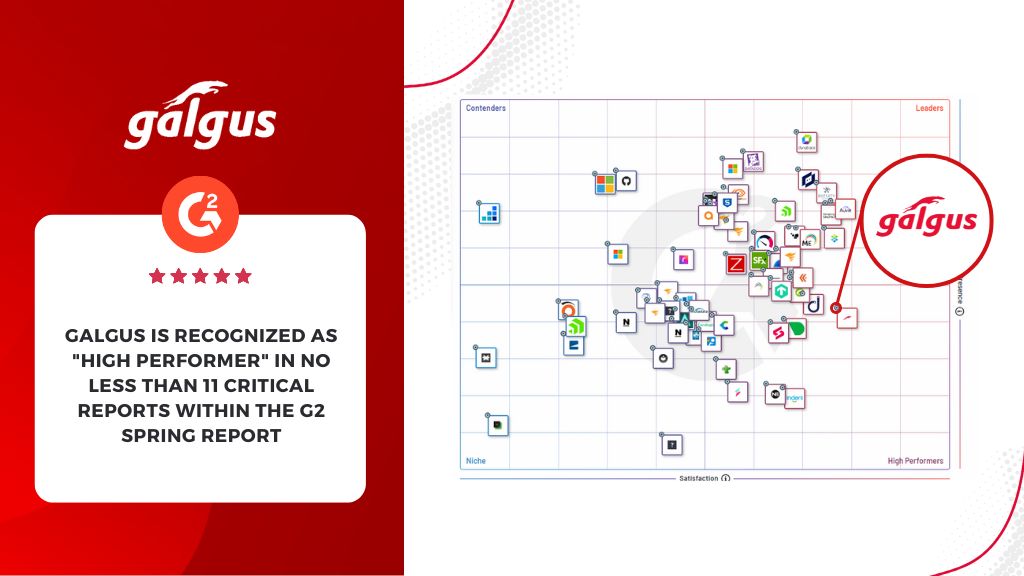Cyber resilience not only seeks to prevent and detect threats, but also to respond and recover from them quickly and effectively, minimizing damage and downtime for companies and institutions. In this article, we tell you everything you need to know about it for your WiFi networks and how you can improve it with some good practices and the right tools.
What is cyber resilience?
In an ever-evolving digital environment, cyber threats are a growing concern for businesses and public administrations. Cyber attacks can have a devastating impact on network security, leaving organizations vulnerable to data loss, reputational damage and costly downtime. This is where cyber resilience comes into play.
Cyber resilience refers to an organization’s ability to resist, adapt to and recover from cyber attacks. It goes beyond mere attack prevention, and focuses on preparedness and effective response to such incidents.
Rather than trying to completely repel attacks, cyber resilience assumes that attacks are inevitable and focuses on minimizing the impact and duration of attacks.
Its value has been demonstrated to such an extent that the European Union has launched The Cyber Resilience Act (CRA). This aims to ensure that digital products have fewer vulnerabilities and that manufacturers remain responsible for cybersecurity throughout the life cycle of a product.
What impact a cyber-attack on the network can have for a company
To understand the importance of cyber resilience, it is crucial to be aware of the different types of cyber attacks and their potential impact.
These can range from malware and phishing attacks to distributed denial of service (DDoS), supply chain and data hijacking attacks. Each type of attack has the potential to cause significant damage to an organization and its network.
Cyber-attacks can result in loss of confidential data, disruption of normal network operation, theft of intellectual property and loss of customer confidence.
In addition, the costs associated with recovering from a cyberattack can be significant. According to a study published by IBM, the global average cost per company of a data breach has increased to €4.01 million in 2023, up 2.3% from last year.
This cost varies by country, sector and type of attack. For example, the United States topped the list of countries with the highest average cost per cyberattack (€8.55 million), followed by the Middle East region (€7.28 million).
The healthcare sector was the most affected by cyberattacks, with an average cost of €6.9 million per breach; and the most expensive attacks were those caused by ransomware, which cost an average of €5.1 million per incident.

How to design a cyber resilience strategy?
An effective cyber resilience strategy must include several key components. These work together to provide a comprehensive defense and ensure an effective response. These are:
- Identify and evaluate potential risks.
- Develop a detailed response plan to react quickly and minimize impact.
- Establish measures and processes to recover quickly from a cyber-attack and restore normal network operation.
- Implement robust security measures, such as firewalls, data encryption and user authentication.
- Use advanced tools and technologies to monitor and detect potential threats in real time.
- Training and awareness: train employees on best practices and foster a culture of security throughout the organization.
- Software updating and patching: Keep your software and systems updated with the latest security patches to mitigate known vulnerabilities.
- Network segmentation to limit the propagation of a cyber attack.
- Implement regular penetration tests to assess network resilience and remediate identified vulnerabilities.
The role of technology in cyber resilience: solutions to be applied.
Advanced technology solutions can help detect and prevent cyber attacks, as well as quickly respond to and recover from them. Some key technologies that can strengthen cyber resilience include:
- Advanced firewalls: can filter and block unwanted traffic, thus protecting the network against cyber attacks.
- Threat detection and response (EDR) systems: monitor and analyze network traffic for suspicious behavior and respond quickly to threats.
- Backup and disaster recovery solutions for critical data.
- Security analysis tools, which can identify and analyze vulnerabilities in the organization’s network and systems.
In this regard, we must highlight the functionalities of our WiFi CHT (Cognitive Hotspot Technology). It detects in real time the inclusion of unauthorized access points in the network, even when SSID, MAC address and Beacon frames have been cloned.
Once the threat is removed, the Galgus solution itself brings the users who were usurped by the dangerous devices back to the network.
Therefore, cybersecurity is one of the most valued added values of our networks, along with speed and robustness in the most complex environments and accuracy in counting and locating devices.
A set that makes us a world leader in WiFi connectivity. Will you join the select group of companies and institutions that already trust us? Contact our team and let’s talk about your project without obligation.









